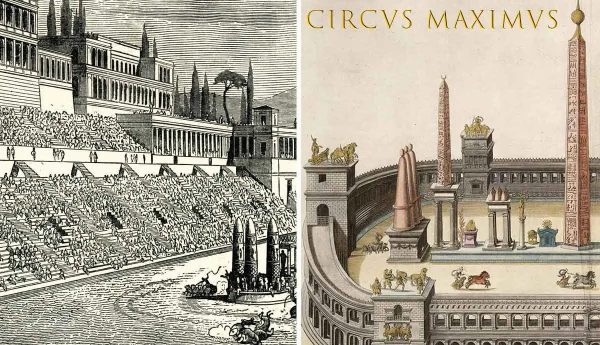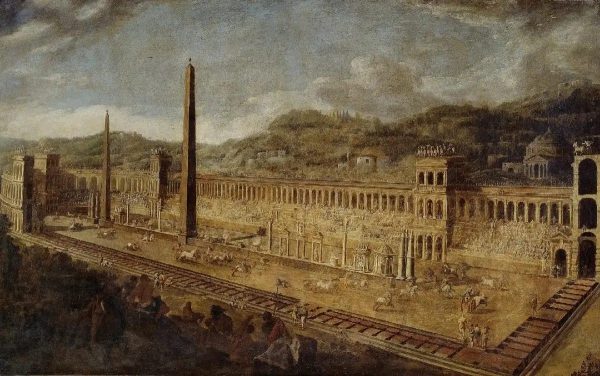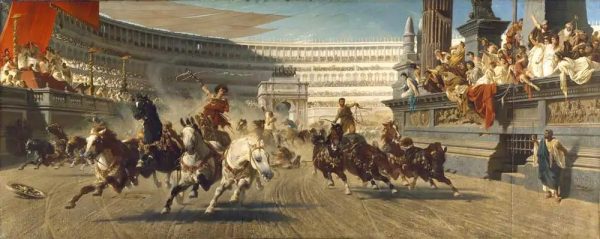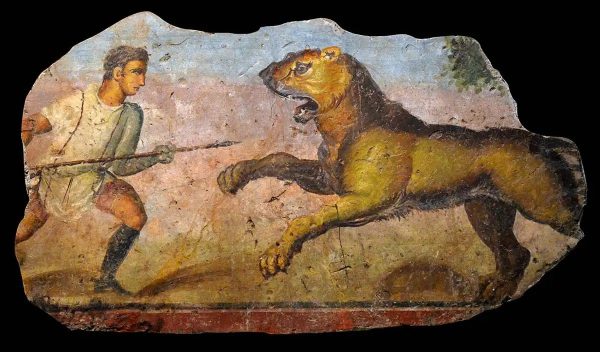
In the heart of ancient Rome, amidst the grandeur of imperial palaces, stood the iconic Circus Maximus – a colossal testament to the glory of chariot racing and the pinnacle of Roman engineering prowess. As we delve into the rich tapestry of history, let us uncover the storied past of this monumental structure, tracing its evolution from a humble sandy arena to the epicenter of Roman social and political life.
A Glimpse into the Past
The Circus Maximus, dating back to the sixth century BCE during the reign of Tarquinius Priscus, emerged as a sacred ground for religious festivities before its transformation into a sprawling race track. It didn’t take long for chariot racing to captivate the hearts of Romans, swiftly becoming the quintessential form of entertainment in ancient Rome.
Engineering Marvel and Social Hub
Renowned for its sheer magnitude, the Circus Maximus stood as the largest stadium in the Roman world, accommodating over 150,000 spectators – a testament to the grandeur and opulence of Roman architecture. Unlike the Colosseum, with a capacity of “only” 50,000, the Circus Maximus transcended mere sports arena status, serving as the nucleus of Roman social and political life.
Imperial Patronage and Popular Appeal
The allure of the Circus Maximus extended beyond its architectural magnificence, serving as a platform for emperors and high dignitaries to engage with the masses, bestow favors, and bolster their popularity through lavish displays of benevolence.

Dispensing gifts, monetary rewards, and free food, the venue became synonymous with imperial patronage and public adulation.
Evolution and Expansion
Throughout its illustrious history, the Circus Maximus underwent several transformations and expansions, each iteration elevating its stature as the epitome of Roman entertainment. From the addition of wooden seating and an extended track in 329 BCE to Julius Caesar’s ambitious reconstruction efforts in the first century BCE, the circus evolved in tandem with the burgeoning ambitions of the Roman Empire.
Legacy and Modern Influence

While little remains of its former splendor, the legacy of the Circus Maximus endures, permeating modern sports and entertainment. Its impact resonates across centuries, serving as a timeless symbol of Roman ingenuity and cultural legacy.

Conclusion
As we reflect on the legacy of the Circus Maximus, we are transported back in time to an era of grandeur and spectacle. From its humble origins to its towering presence in the annals of history, the Circus Maximus stands as a testament to the enduring spirit of ancient Rome – a legacy that continues to captivate and inspire generations to come.





